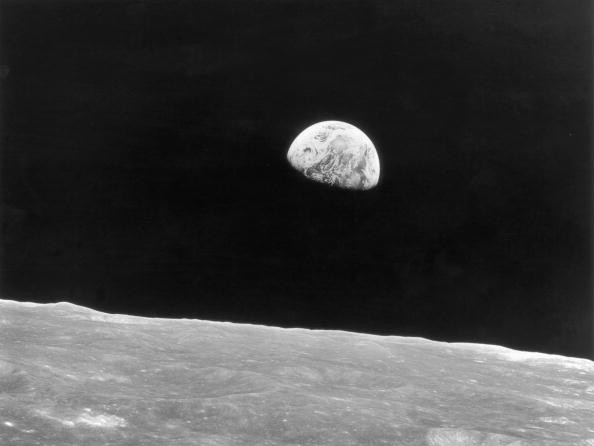China's Chang'e-5 mission brought back some moon rock and dust samples back in 2020, the same year when the China National Space Administration (CNSA) launched it.

Who would have thought that these lunar samples will allow the country of China to become the third nation that discovered a new moon mineral?
On Friday, Sept. 9, the China National Nuclear Corporation (CNNC) confirmed that the rock and dust samples contain a new element called Changesite-(Y).
Thanks to this discovery, China now joins Russia and United States as the countries that discovered new lunar minerals.
China Discovers New Moon Mineral!
According to The South China Morning Post's latest report, CNNC conducted various experiments to identify the new lunar element.

The Chinese research organization isolated a single crystalline particle of mineral from the lunar particles (around 140,000) that the Chang'e-5 brought back.
To do this, they relied on X-ray diffraction and other high-tech processes.
After that, CNMNC (Commission on New Minerals, Nomenclature, and Classification of the International Mineralogical Association) confirmed that this mineral hasn't been recorded yet.
The new Changesite-(Y) is around 10 microns in diameter, which means that the element is about one-tenth the size of a human hair.
This moon mineral is considered a phosphate element, which is found in lunar basalts.
A Breakthrough in Mineralogy Research
Wang Xuejun, a CNNC party official, shared his excitement regarding China's new lunar mineral discovery.
He claimed that the moon element is a breakthrough in mineralogy research.
He added that the latest Changesite-(Y) provided important new support for the moon's evolution, as well as deep space explorations.
Interesting Engineering reported that it is the sixth new lunar mineral discovered on the moon.
All these elements helped many space agencies and other organizations to have a better understanding of how the moon formed.
As of writing, the United States and China are still preparing for their lunar launches. Once they take off, there's a high chance that new discoveries will happen once again.
Meanwhile, the space weapons of China and Russia prompted the U.S. Pentagon to hold a confidential meeting.
On the other hand, China's space nuclear reactor may be able to power around 10 International Space Stations.
For more news updates about China and its upcoming space discoveries, always keep your tabs open here at TechTimes.
Related Article : China's Moon Base to be Built in Volcanic Caves-How Safe is This Plan? Target Schedule and Other Details
This article is owned by TechTimes
Written by: Griffin Davis
ⓒ 2025 TECHTIMES.com All rights reserved. Do not reproduce without permission.




